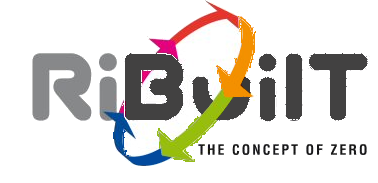How to deal with urban environments: built environments that already exist and consume, can the impact be brought back to within the supporting system? 
To cover existing built environments, the Urban Harvest+ approach is developed. It turns out that if a existing built environment is pushed to the limit in terms of living from within its own system, very new solutions turn up, paradigm shifts in how we organize our society, and with many social and labor related advantages.
The approach can be used to evaluate any neighborhood or urban district: mapping all flows in and out of the area, and indicating what can be produced or re-produced from within the area. in terms of energy food, water an materials. every m2 can become productive, at the same time as a social element, and creating local labor.
A UH+ study provides insight and guidance for a development plan of the urban district (Below is a report on the method, and a case study.)
CURRENT PROJECT: Redevelopment of apartment area
3 blocks each 100 apartments need large renovation or to be demolished and replaced with new housing, possibly from the re-use of apartment block elements.
The project studies the redevelopment of the area, while closing cycles in that same area: what resources can be reproduced, which can be grown or generated, which re-used, to create the lowest impact for providing modern, 0-energy housing for in the end 100 households.
Large scale retrofit is slightly better as new houses from reused material, however the main decisive issue becomes infrastructure: in case of new houses, and a new urban layout, the whole infrastructure has to be renewed. Which is disastrous for environmental performance.
original studies developing the approach:(see also publications sector)
in Dutch:
Microsoft Word – Rapport Bestaande Wijk voor Morgen Deel A – Concept
Microsoft Word – Rapport Bestaande Wijk voor Morgen Deel B – Case KW Concept.compressed
in English:
2011 UH+ case Kerkrade West RiBuilT -English 2011
